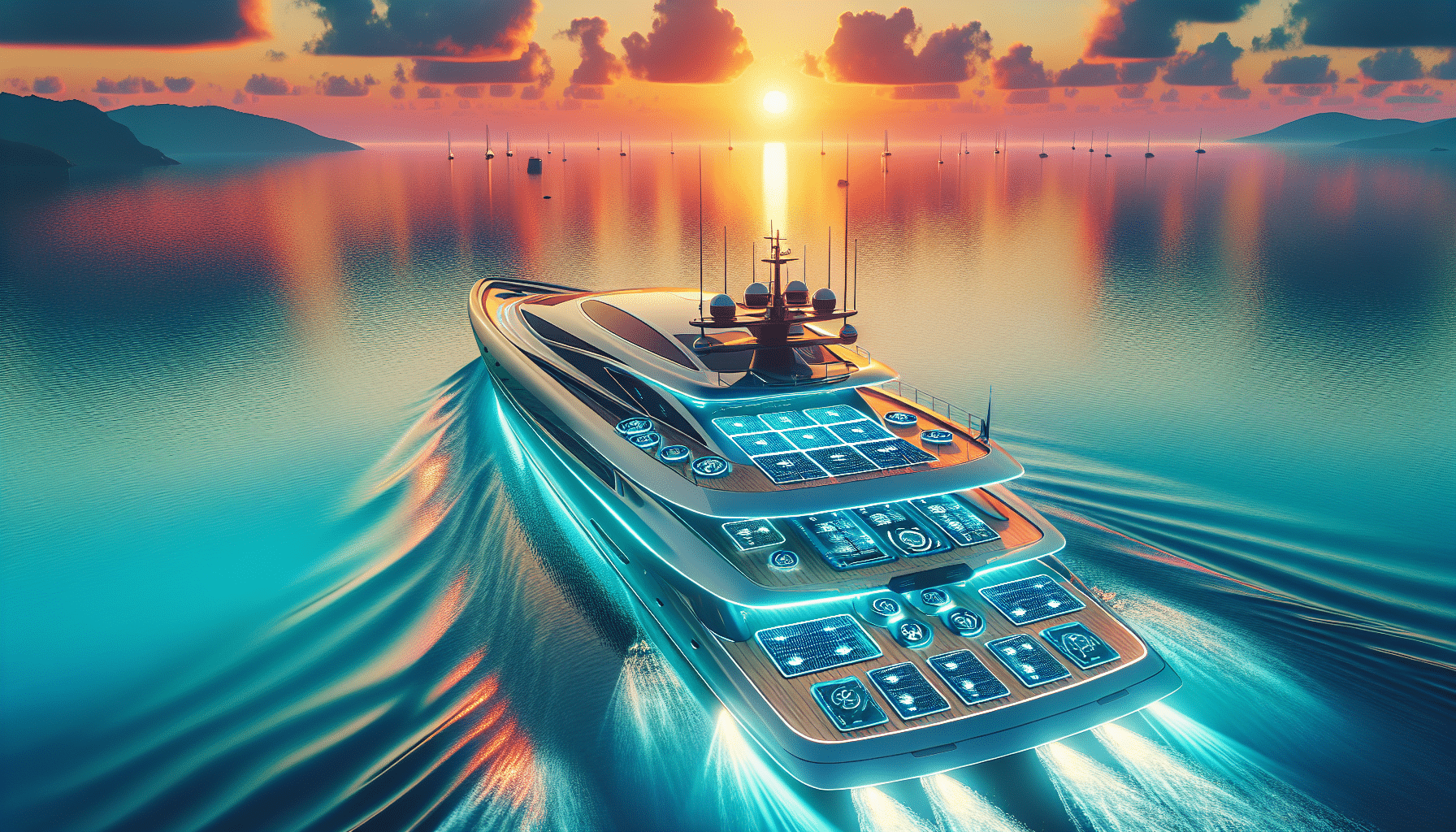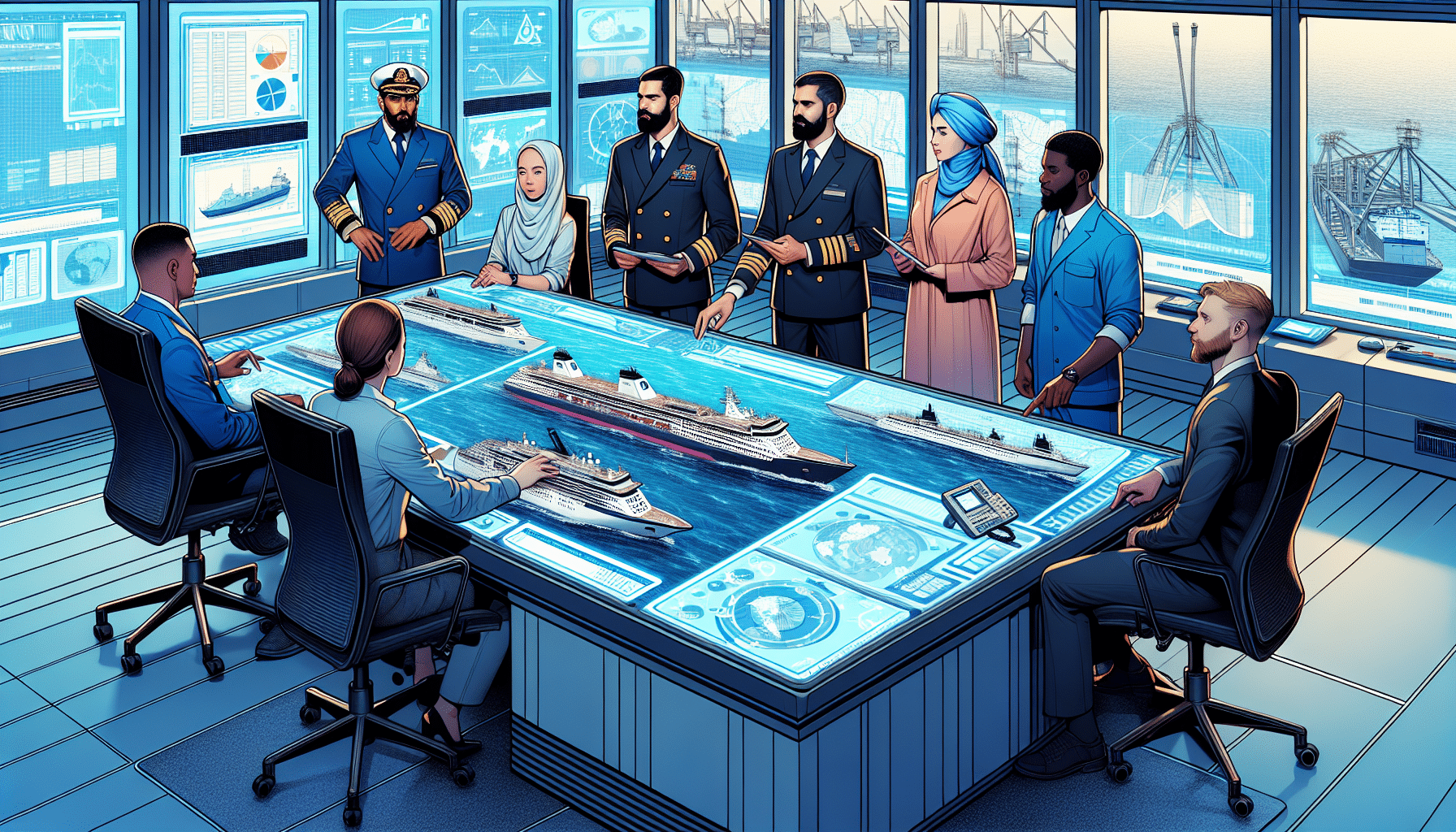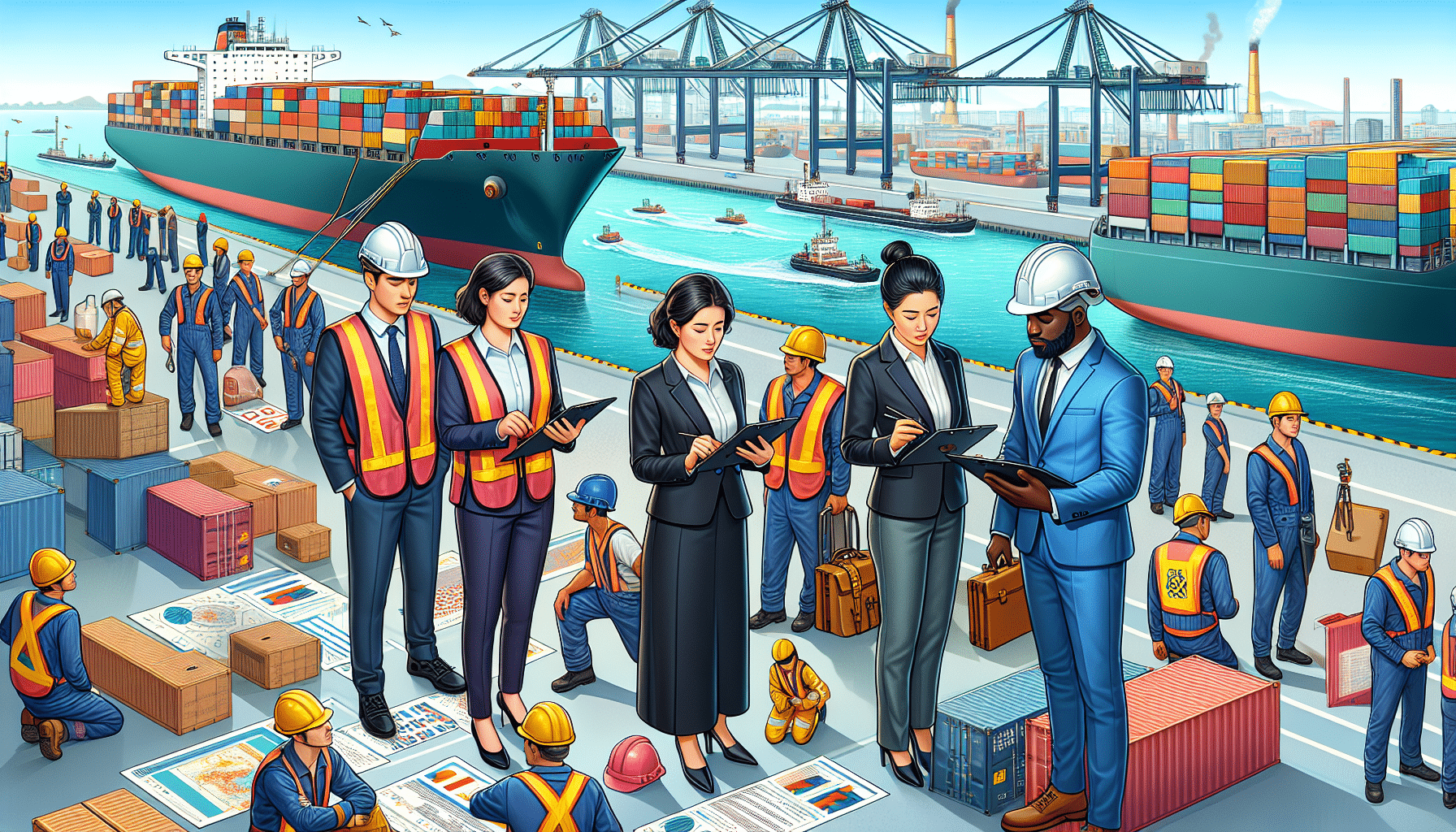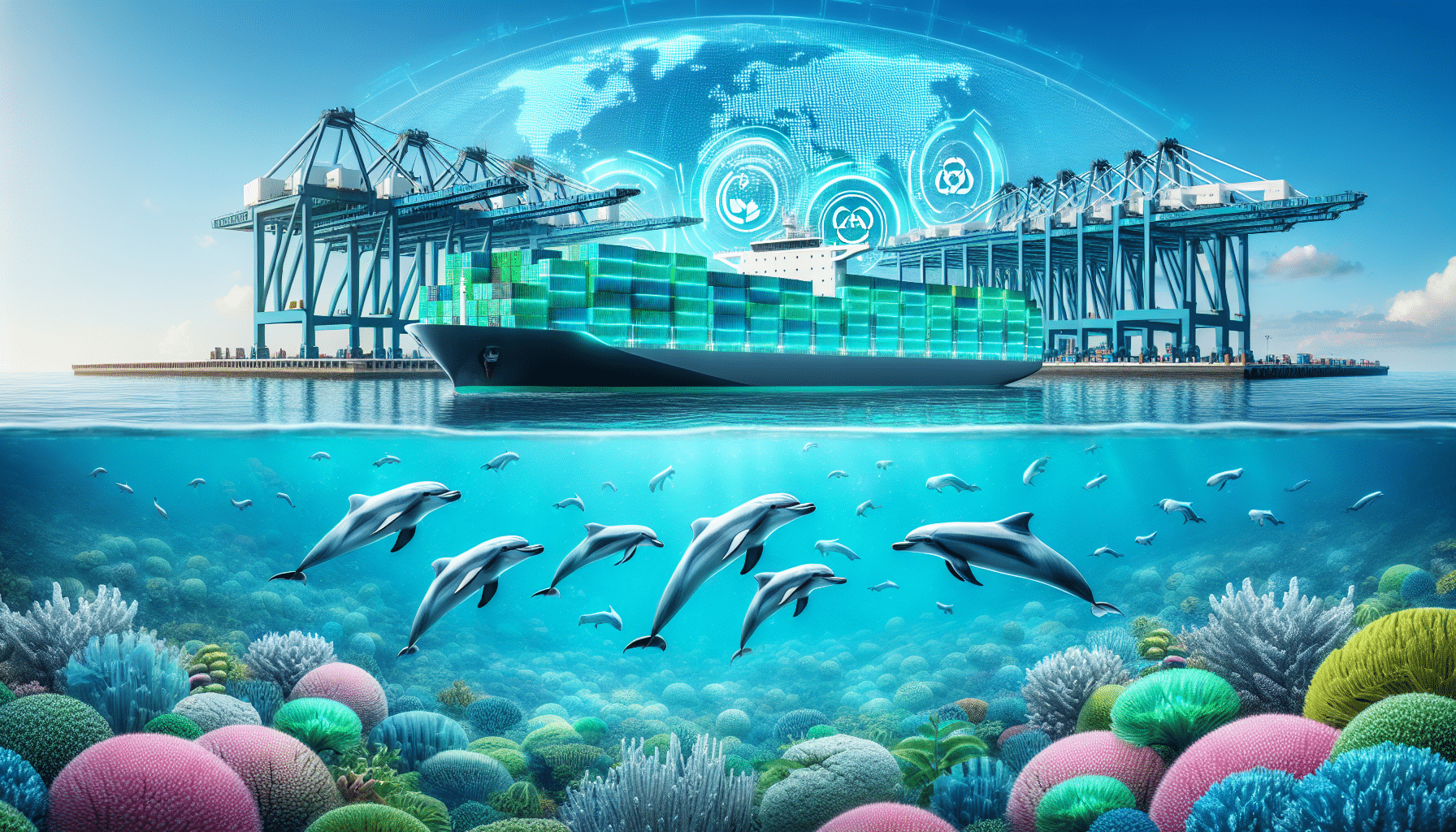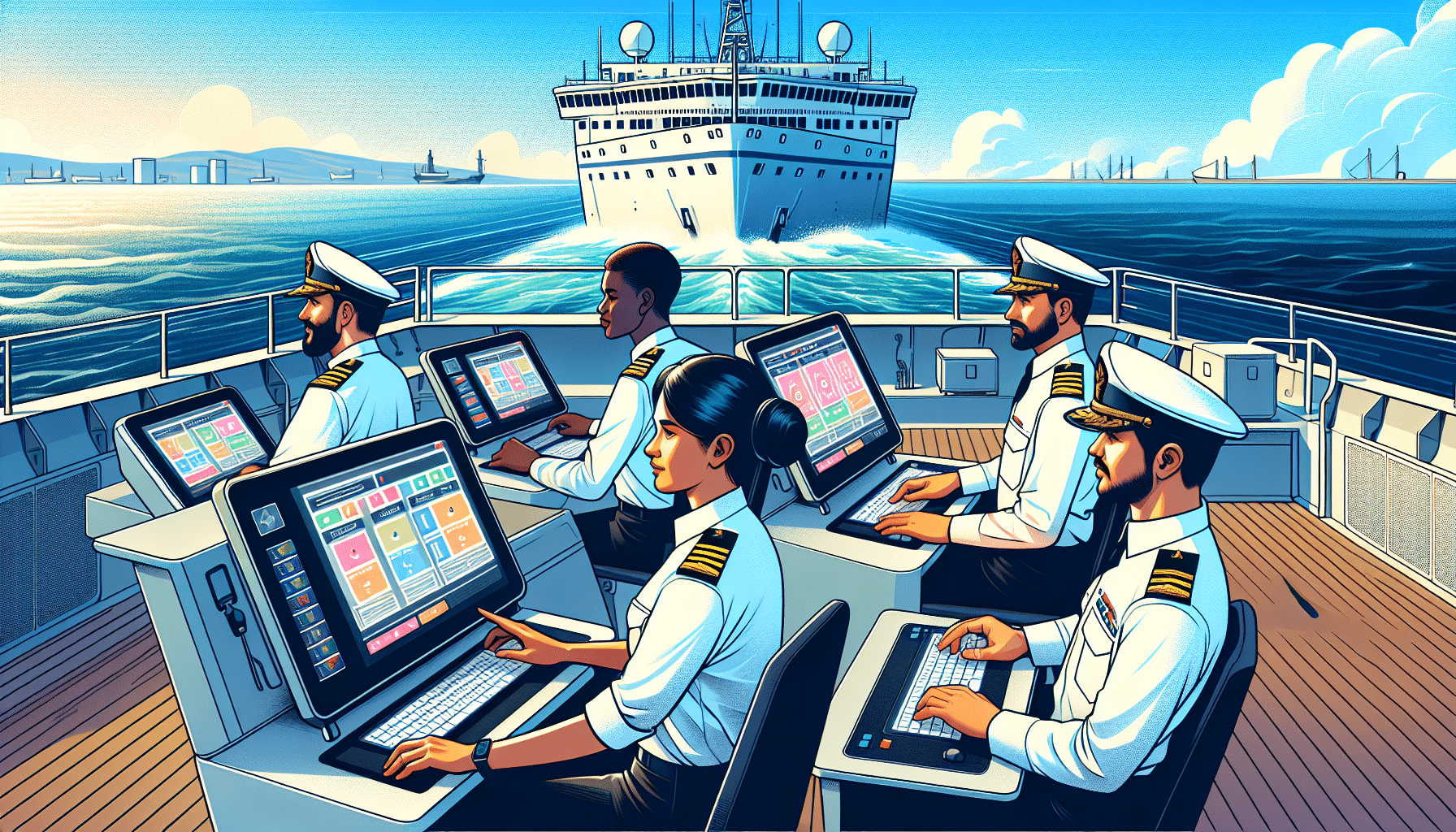Understanding the Importance of Cross-Cultural Communication
Effective communication is fundamental in any workplace, and it becomes especially critical in environments where team members come from diverse cultural backgrounds. In industries like aviation, maritime, or international business, where teams consist of personnel from different nationalities, religions, and ethnic groups, the potential for miscommunications due to cultural differences is significantly high. Understanding and improving cross-cultural communication among crew members not only enhances teamwork but also ensures a safe and productive work environment.
The Challenges of Cross-Cultural Communication
Several challenges can arise when crew members from various cultural backgrounds try to communicate. Language barriers are among the most obvious, but non-verbal communication differences, varying attitudes towards hierarchy and authority, and differing norms regarding conflict resolution can also complicate interactions. Additionally, assumptions and biases may lead to misunderstandings and confusion among team members, potentially affecting the morale and efficiency of the team.
Language Barriers
Differences in language or even accents can lead to misinterpretation of critical information. This miscommunication can be hazardous, particularly in high-stake environments like those on aircraft or ships.
Non-Verbal Communication
Non-verbal communication varies greatly between cultures, including gestures, eye contact, and personal space. What might be considered a friendly gesture in one culture could be seen as offensive in another.
Attitudes Towards Hierarchy and Authority
In some cultures, hierarchy is rigidly respected and questioning authority is not common, whereas in others, a more egalitarian approach is normal. These differences can lead to conflict or dissatisfaction if not managed appropriately.
Strategies for Improving Cross-Cultural Communication
To improve communication among crew members from different cultural backgrounds, specific strategies can be implemented. These include training in cultural awareness, use of a common working language, and encouragement of interpersonal relationships among team members.
Implementing Cultural Awareness Training
One effective way to enhance cross-cultural communication is through cultural awareness training. This type of training helps individuals recognize their own cultural norms and biases and understand those of their colleagues. Such awareness is crucial in predicting potential misunderstandings and navigating cultural differences sensitively and appropriately.
Establishing a Common Working Language
Agreeing on a common working language for all team members reduces the chances of miscommunication. Ensuring proficiency in this language through regular testing and language courses can significantly improve mutual understanding in a culturally diverse crew.
Promoting Interpersonal Relationships
Encouraging social interactions and team-building activities can help break down cultural barriers and build trust among team members. When individuals get to know each other on a personal level, they are more likely to understand nuanced communications and more effectively work together.
Practical Tools and Techniques
Practical tools such as translation aids, clear and simplified communication protocols, and regular feedback sessions can also aid in improving cross-cultural communication.
Use of Translation Tools
In situations where language proficiency is a barrier, translation tools can assist in bridging the gap, ensuring all members understand critical information fully.
Developing Clear Communication Protocols
Establishing clear, simple communication protocols and ensuring they are well understood and followed can lessen the chances of miscommunication. This is particularly crucial in safety-critical industries.
Conducting Regular Feedback Sessions
Regular feedback sessions enable crew members to voice concerns and suggest improvements in communication. This not only helps identify existing issues but also promotes a culture of continuous improvement and openness.
In conclusion, enhancing cross-cultural communication requires commitment to cultural understanding, careful planning, and continuous effort. As globalization increases, the ability to communicate across cultural divides will remain a vital skill for any successful international team.





